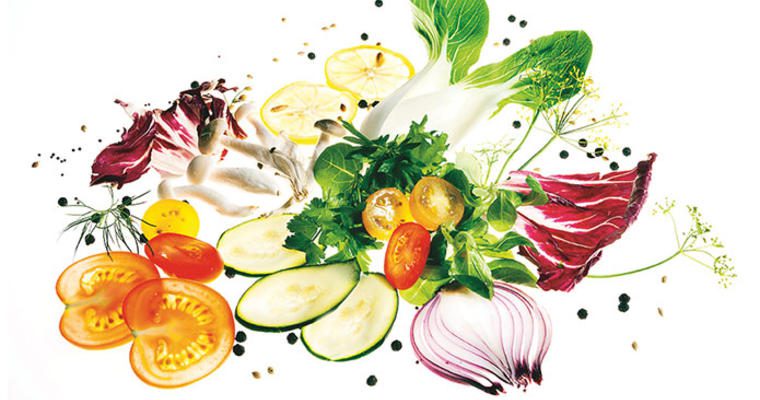Q. What is a plate-waste study and how do I conduct one for my community?
A. Food waste is an unfortunate fact of life. In hospitals, estimated average plate waste is 30 percent. Offering exactly what individuals want—in the portion they want it, the way they want it, and when they want it—is certainly a unique challenge. Food waste can occur at any stage in the preparation and cooking process, but the point of consumption is where we see the most waste or what is often referred to as “post consumer waste”. Thus, the best way to learn if what we’re serving is on target—without visiting each resident or patient to see if he or she ate last night’s chicken à la king— is through a plate-waste study.
Plate-waste studies are a quick method of assessing intake from a large sample size in an efficient and effective way. These studies are important because large amounts of food waste not only result in a huge financial loss but can often mean that residents are not meeting their nutritional needs.
There are two primary plate-waste-study methods: weighing and visual estimation.
Weighing method. Operators collect all food waste from whichever population they’re examining—e.g., from a particular unit or floor. They then weigh the total food remaining on each tray or, to get a more accurate measurement, weigh each component of the meal that’s returned. Weighing each component permits operators to analyze the returned food’s nutrient content as well as its approximate cost.
This method, though the most accurate, is also the most time consuming, uses the most resources, and may interrupt or delay normal foodservice operations.
Visual-estimation use a written scale that can vary in precision, some being more extensive and others less exact.
These methods, while saving time and resources, introduce issues of subjectivity into the assessment. One person’s “one-quarter eaten” may be another’s “mouthful.”
Which method is right for you? Consider both your reason for conducting the study and the resources you can devote to it. Do you want to determine nutrition not consumed? The cost of waste? Acceptance of a particular meal or menu? Do you have a team that you can dedicate to this effort or only one person?
To draw conclusions when conducting a plate-waste study, operators must document many factors: diet type, diet consistency, food-delivery system, and the person’s ability to choose their meals.
Hospitals and rehabilitation centers understand that residents are sick and may have poor appetites. However, prolonged decreased intake of meals often leads to malnutrition-related complications; all of the factors listed above can seriously affect intake and, ultimately, waste.
When returned meals are more closely analyzed and documented in plate-waste studies, operators can draw conclusions and make the necessary changes in the kitchen. Plate-waste studies can be a lot of work but the information deduced from them can greatly benefit your kitchen, your bottom line, and, most importantly, your residents.
Visual Estimation Methods
- 7-point scale
- Amount Eaten: all, all but one mouthful, ¾, ½, ¼, one mouthful, nothing
- Comstock 6-point scale
- Amount Eaten: all, ¾, ½, ¼, one bite, nothing
- 5-point scale
-
- Amount Eaten: all, ¾, ½, ¼ or less, almost nothing, nothing
- 4-point scale
- Amount Eaten: all, ½, ¼, nothing
- 3-point scale
- Amount Eaten: all, ≥50%, <50%
What to Analyze and Document
- Is there more waste when
- diets are highly restricted or mechanically altered?
- the person is not able to have a choice in their meal?
- Which foods were most wasted and which the least?
Learn More
Visit Gordon Experience to learn more about the impact of food waste from our Nutrition Resource Center.




























